- Home
- Destinations
- Tanzania
- Southern Tanzania
Overview
Climate
High Season (Jun–Sep): Weather is cooler and dry. Animal-spotting is easiest, as foliage is sparse and animals congregate around dwindling water sources.
Shoulder (Oct–Feb): Weather is hot, especially December through to February. From late October, the mvuli (short rains) fall and the kusi (seasonal trade wind) blows.
Low Season (Mar–May): Heavy rains make secondary roads muddy and some areas inaccessible. It seldom rains all day, every day. Landscapes are lush and green.
Getting There
Tanzania is easily reached via frequent air connections to Dar es Salaam, Kilimanjaro and Zanzibar airports.
Ideal Destination For
- Adventure
- Bucket List
- Romance
- Safari
- Solo Travel
Points of Interest
- Selous Wildlife Reserve
-
As Africa's largest wildlife reserve, and Tanzania's most extensive protected area, Selous is home to large herds of elephants, buffaloes, crocodiles, hippos, wild dogs, many bird species and some of Tanzania’s last remaining black rhinos. The Rufiji River is a major feature, and offers the chance for boat safaris, which are a Selous highlight. Visit soon, however, before the Rufiji is dammed as part of the massive Stiegler’s Gorge hydroelectric project.
Selous is the largest game reserve in Africa covering more than 5% of Tanzania’s total area at an unbelievable 55 000 km2. That makes it almost twice the size of Belgium and four times larger than the famous Serengeti in the North.
It is a beautiful and scenic wildlife destination and the quality of safari outstanding. It has game drives, boating, walking and the legendary “fly camping” on offer. For adventure-seekers, fly camping on the Rufiji River is sure to be on your list. The northern section of Selous is home to a network of channels and lagoons that run off the Rufiji River. This lush landscape provides a water supply for the region’s game and towards the end of the dry season the concentration of animals around these water sources is phenomenal – as will be your game viewing possibilities. Look out for wild dogs while in Selous as the park has a reputation as being the last true stronghold for these animals.
- Ruaha National Park
-
At approximately 22 000 km2, Ruaha forms the core of a wild and extended ecosystem covering about 40 000 km2 and providing home to Tanzania's largest elephant population. In addition to the elephants, which are estimated to number about 12 000, the park hosts large herds of buffaloes, as well as greater and lesser kudus, Grant’s gazelles, wild dogs, ostriches, cheetahs, roan and sable antelope, and more than 400 different types of birds.
Ruaha is notable for its wild and striking topography, especially around the Great Ruaha River, which forms its heart. Much of this topography is undulating plateau averaging about 900 m in height, with occasional rocky outcrops and stands of baobabs. Mountains in the south and west reach to about 1 600 m and 1 900 m, respectively. Running through the park are several “sand” rivers, most of which dry up during the dry season, when they are used by wildlife as corridors to reach areas where water remains.
Despite covering more than 20 000 km², there are only a few camps here and as a result the park is considered Tanzania’s best kept game viewing secret. Ruaha’s wild and untrammelled feel is what sets it apart. It has varied dramatic scenery, which includes rolling hills, large open plains, groves of skeletal baobabs and along its southern border, the Great Ruaha River (which also provides much of the electricity to Tanzania through a hydro-electric dam at Kidatu).
It is an excellent park for predators where lions are not only numerous and very habituated to vehicles, but the prides tend to be unusually large – often numbering more than 20 individuals. Cheetah can often be seen hunting on the open plains; and the park has a particularly good reputation for leopard sightings. It is one of the last major strongholds for African wild dog populations with more than 100 are found here. Black-backed jackal and spotted hyena are both very common and easily seen, and the rarer striped hyena, though seldom observed, also lives here.
What makes Ruaha really special is the wonderful walking safaris it has to offer, as it lies on the line that divides southern African and East African species, and one of the only places where you can see both greater and lesser kudu, roan and sable, Ruaha has the largest lion population in Africa and is Tanzania’s largest national park.


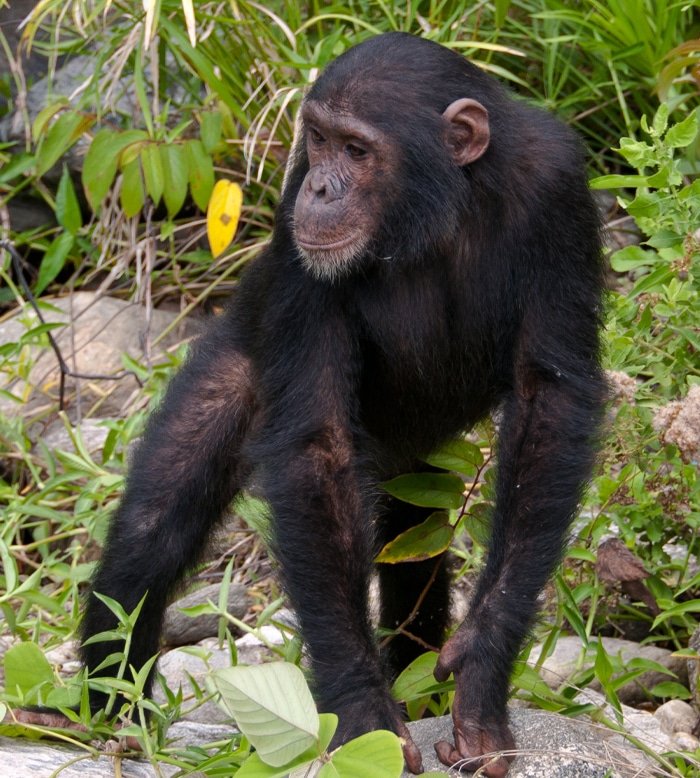



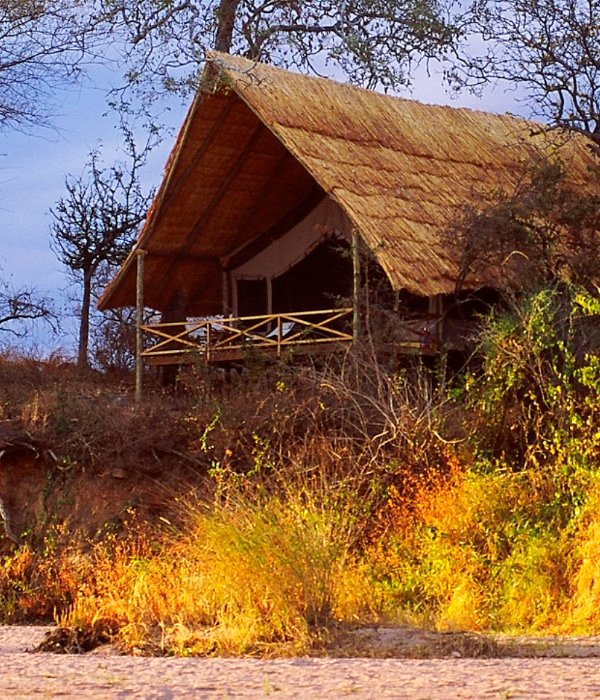

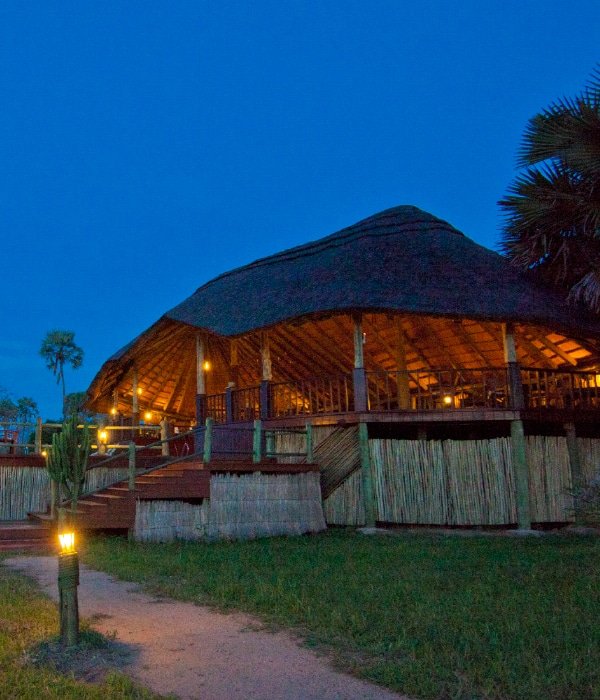
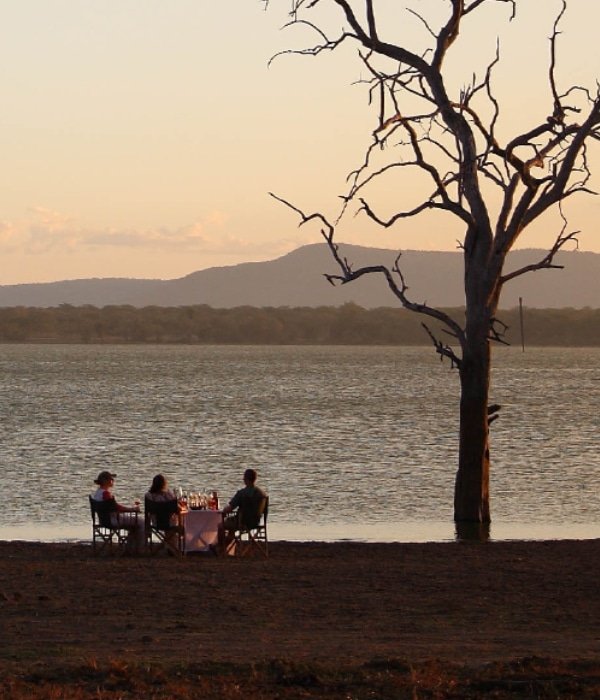


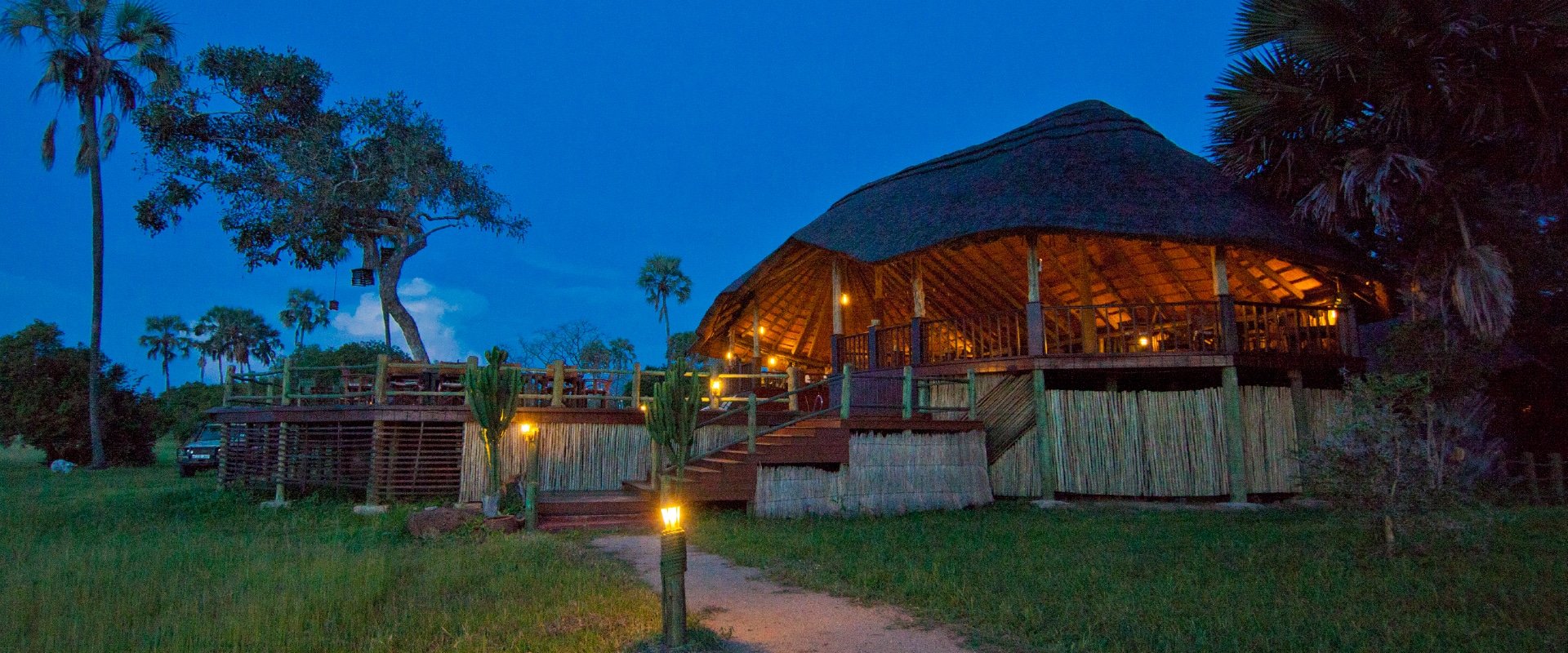

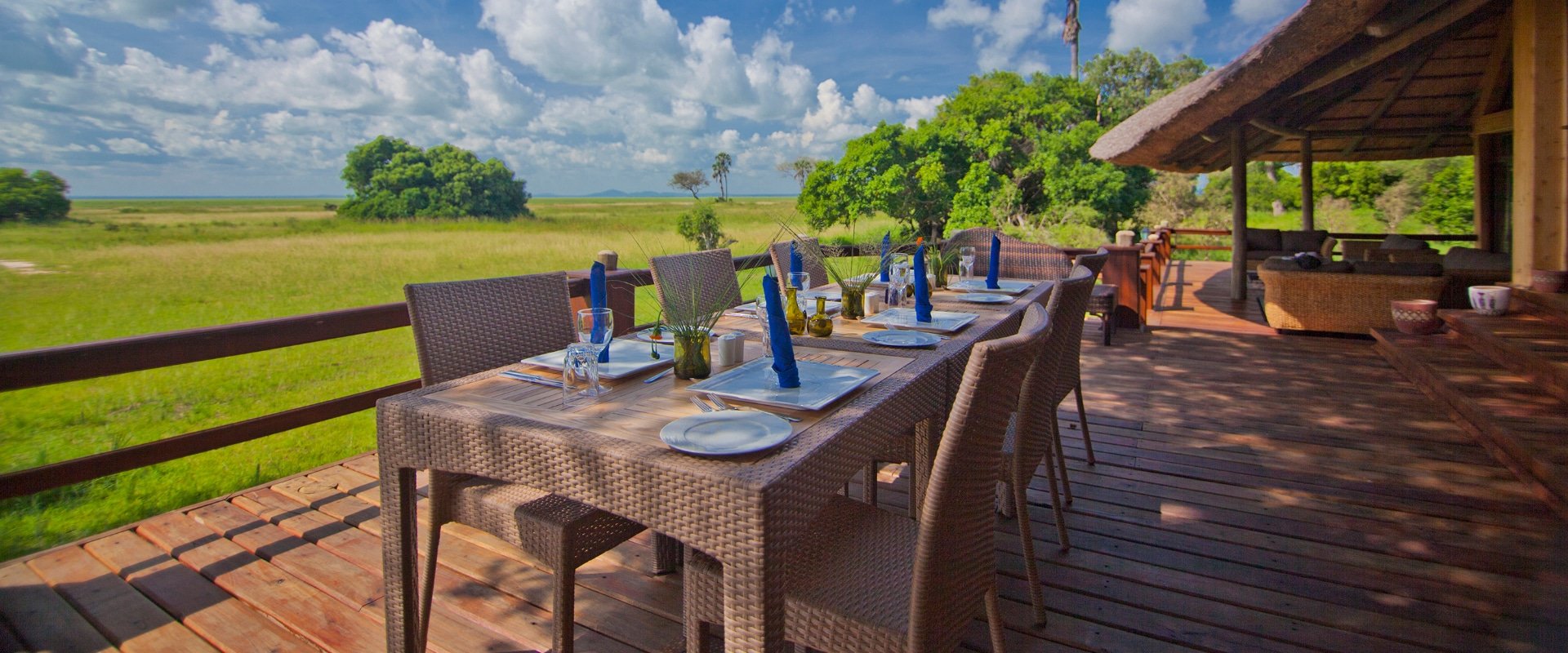





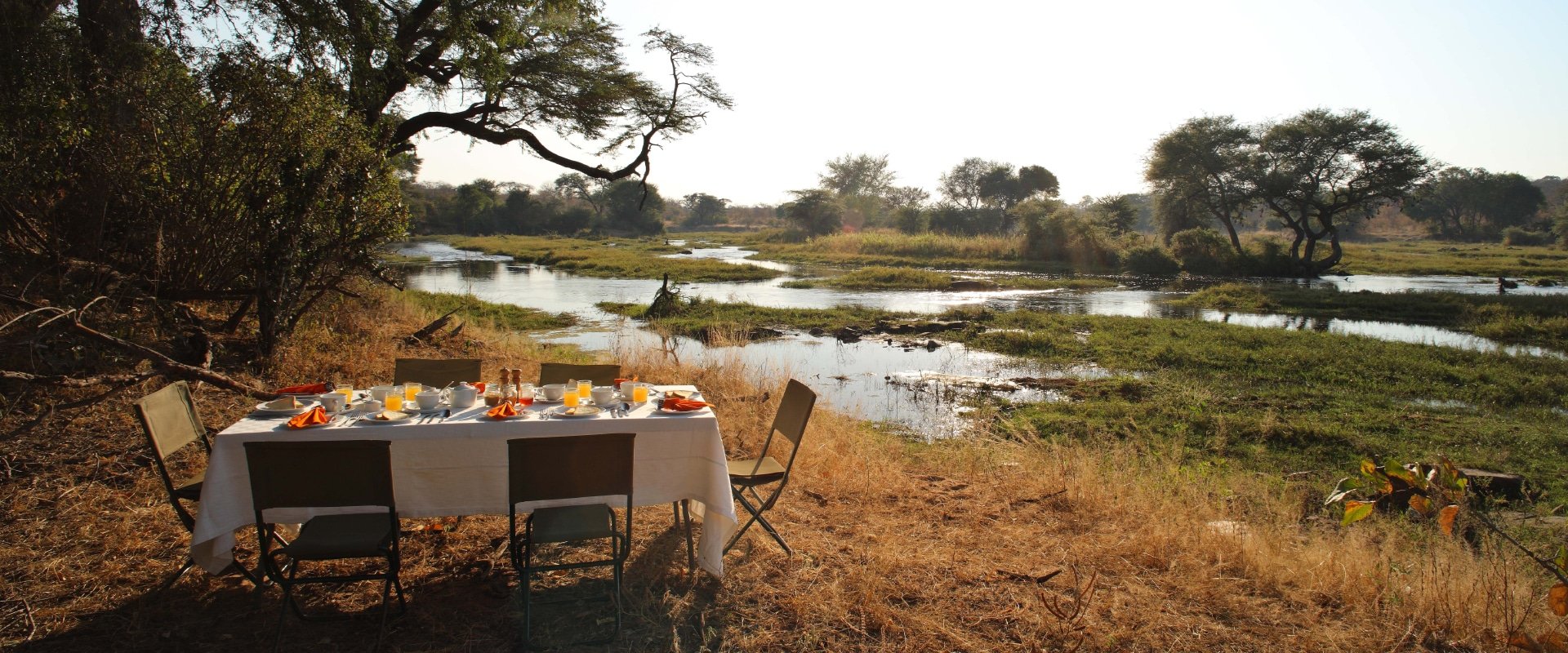






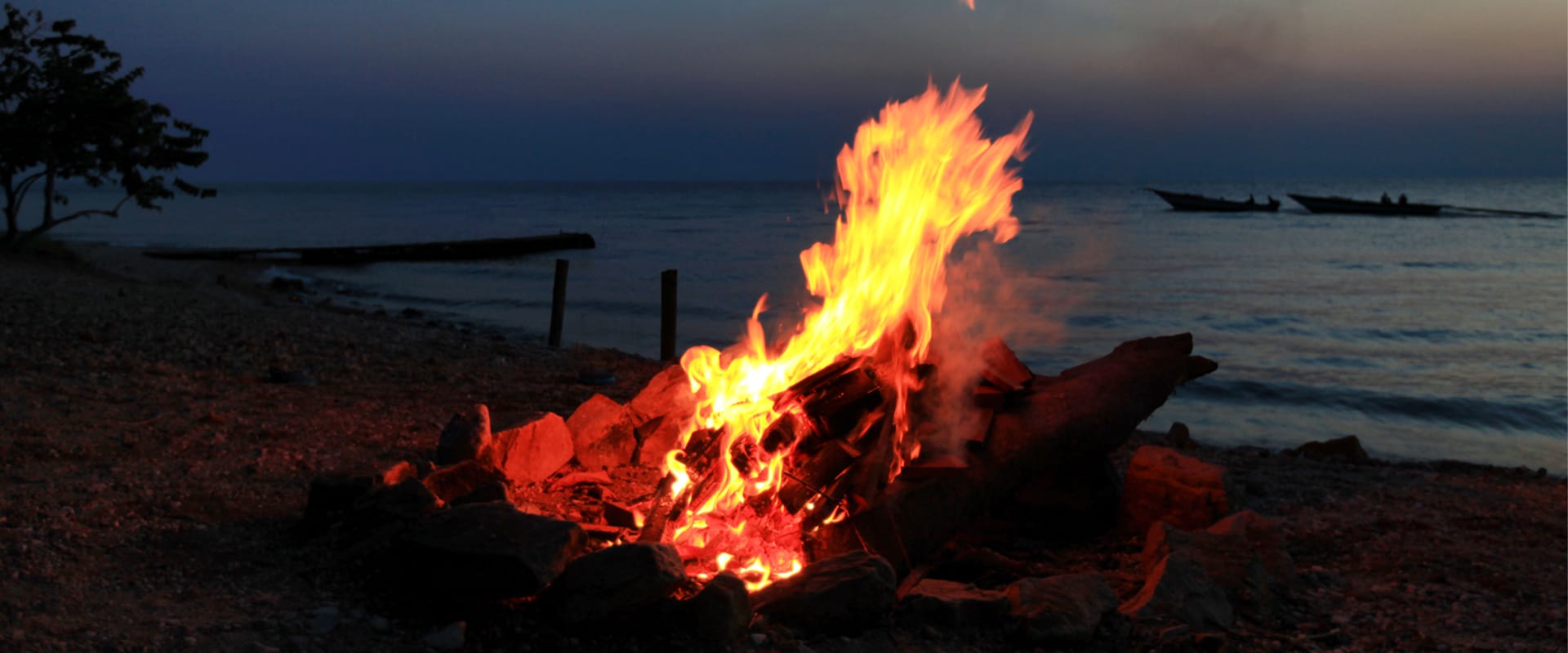


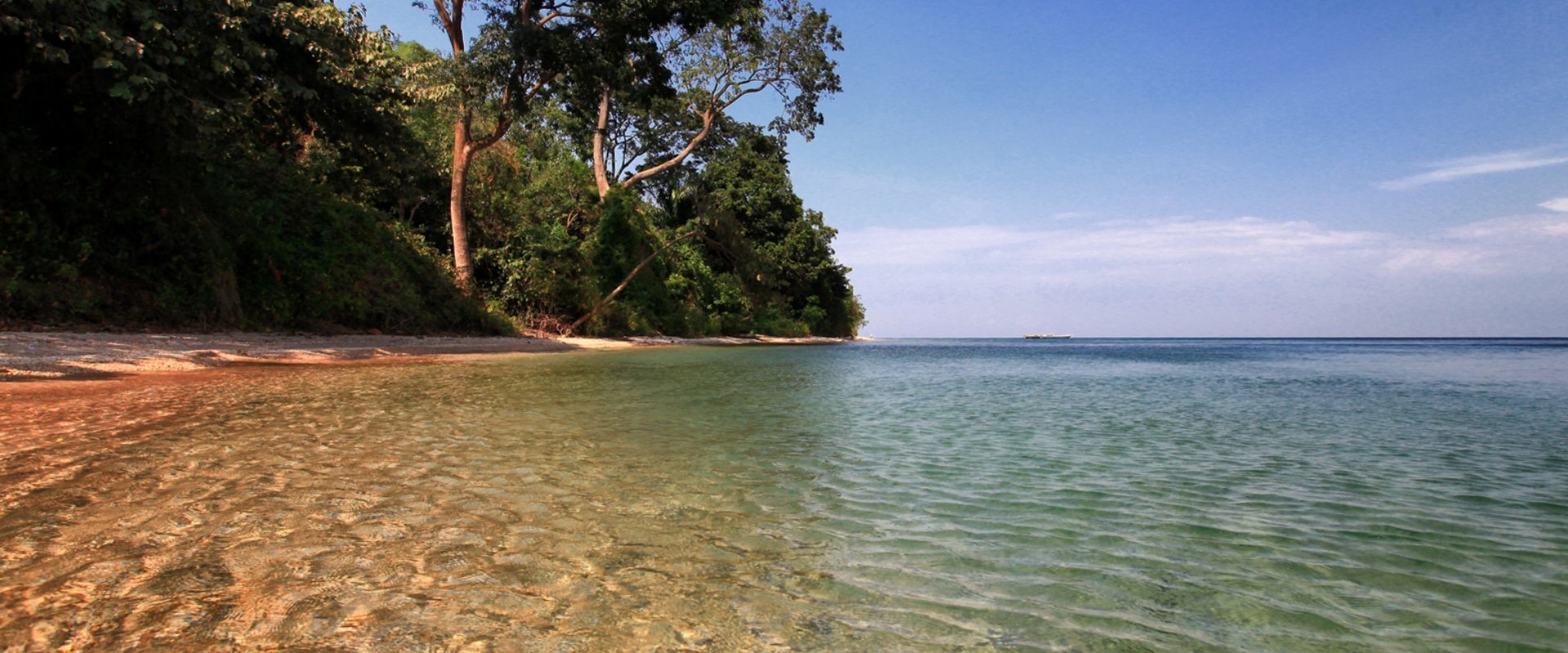









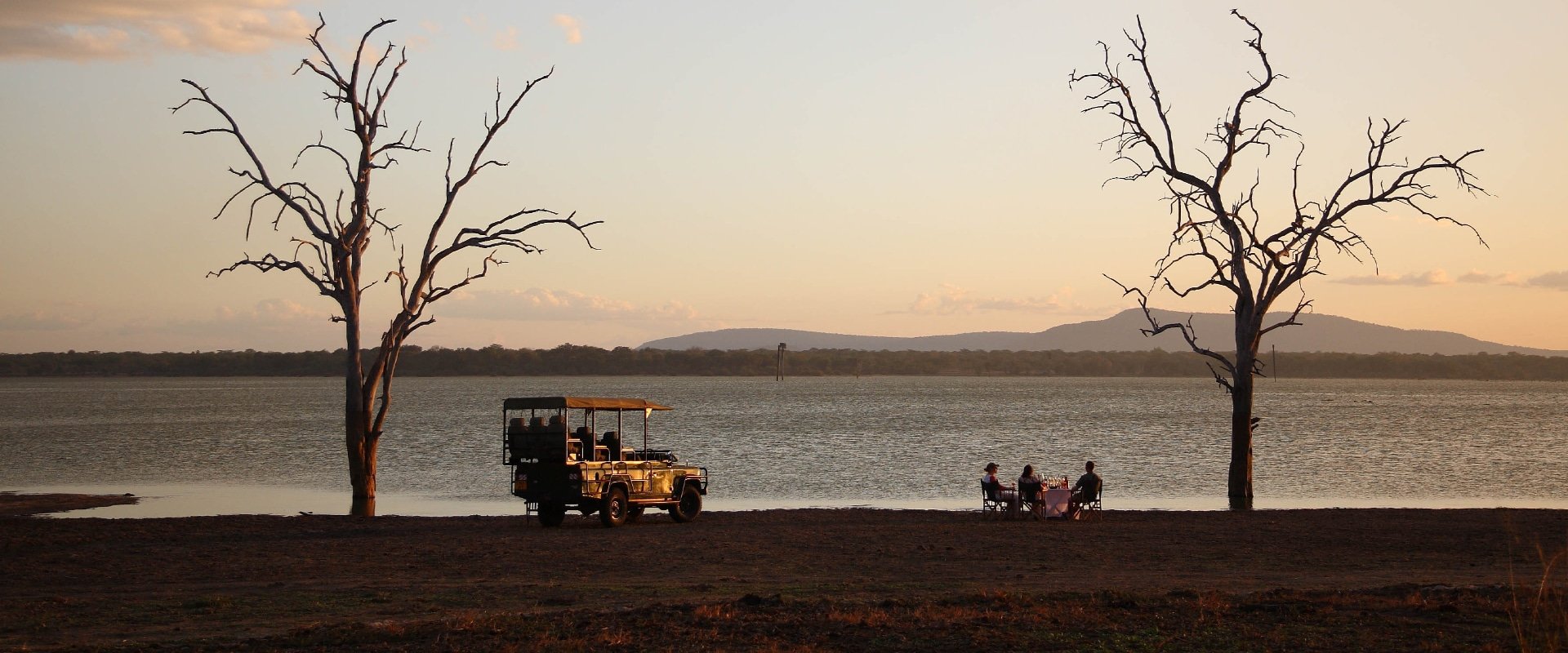


The south of Tanzania introduces visitors to a magnificent variety and density of game, which can be characterised by a crossover of eastern and southern African species and also predator action. In contrast to the crowded areas in the north, the parks in the south offer a more exclusive game viewing experience, with fewer vehicles and tourists. In addition to the game drives, walking safaris, boating safaris, fly camping and mountain trekking to find chimpanzees are all added activities that are not on offer in the more strictly regulated parks in the north.